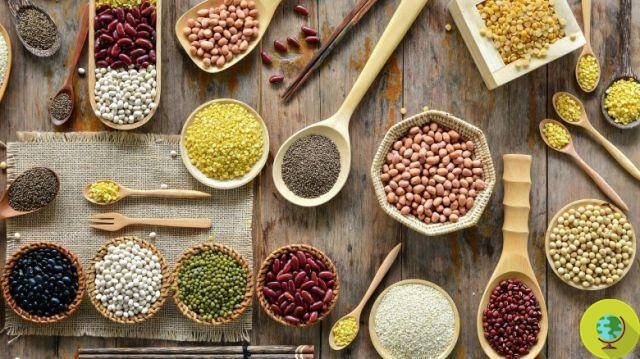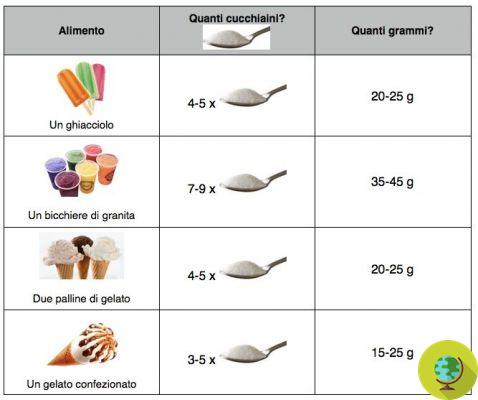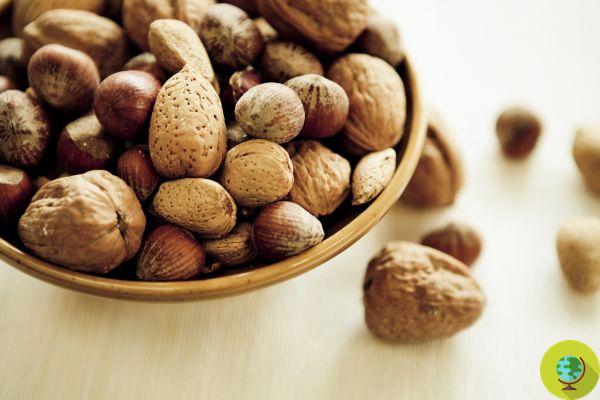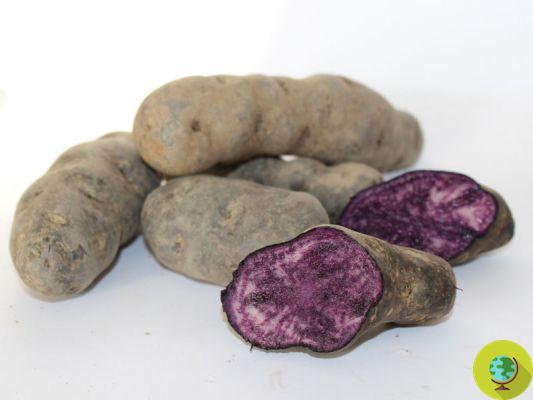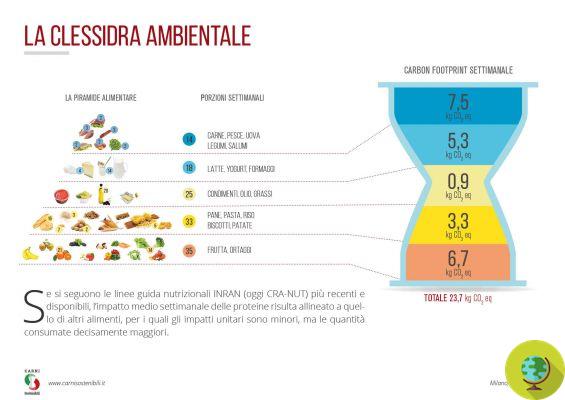
How much meat is eaten in the world? Who produces the most? And which is the most consumed animal? The Worldwatch Institute has answered these and other questions, publishing the global statistics on meat production and consumption of the research "Disease and Drought Curb Meat Production and Consumption". The data that emerges are alarming: in 2011, 297 million tons of meat were produced, an increase of 0.8% compared to 2010 levels, which is estimated to become 302 by the end of 2012.
Don't store avocado like this: it's dangerous
How much meat is eaten in the world? Who produces the most? And which is the most consumed animal? The Worldwatch Institute has answered these and other questions, publishing the global statistics on meat production and consumption of the research "Disease and Drought Curb Meat Production and Consumption". The data that emerge are alarming: in 2011, 297 million tons of meat were produced, an increase of 0.8% from 2010 levels, which is estimated to be 302 by the end of 2012.
Despite these huge numbers, some signs are moderately encouraging, such as very slight decline in per capita meat consumption worldwide, which went from 42.5 kilos per person in 2010 to 42.3 kg in 2011. Obviously, this is an average figure, which does not consider the contrast between rich and poor nations. In rich countries, in fact, the consumption of meat on average is well 78,9 kg per person, against the 32,3 kg of developing countries.
The reasons for this slowdown are not attributable to a greater awareness of the risks deriving from excessive consumption of meat, but from natural events, such as drought. which hit China, Russia, the United States and the Horn of Africa, outbreaks of zoonosis, such as foot and mouth disease in Paraguay, African swine fever in Russia, swine fever in Mexico and avian flu throughout Asia. These diseases have caused a total of 2,7 million human deaths annually, accounting for 75% of all emerging infectious diseases from animals or animal products.
The Worldwatch also lets us know that in 2011 the intensive breeding accounted for 72% of global poultry production, 43% of egg production and 55% of pork production. Virtually all the meat you buy comes from here and bears the marks of the suffering inflicted on the individuals it belonged to. Like the pigs, which last year were the most consumed animals on our planet, for a total of 37% of all meat eaten it's about 109 million tons. Poultry reaches "only" second place, with 101 tons produced. This trend, however, could change this year, writes Worldwatch, with these top two positions expected to reverse.
Who dominates the meat production? The US? The sad primacy of beef production belongs, surprisingly, to Asia and South America, which have now overtaken North America. In 2011, North American beef production amounted to less than 13 million tons, in South America to 15 million and in Asia to 17. Too bad that, beyond the ethical question, all this meat, environmentalists know. it pollutes a lot, which takes a much higher toll than the millions and millions of animals killed or the effects on human health. Man is playing the game on farms and meat production game on the future of the world. What will the next move be? Destruction or salvation?
Roberta Ragni




